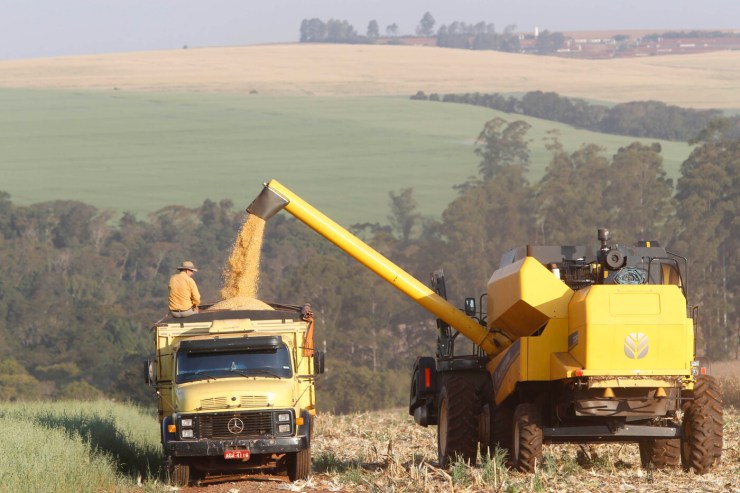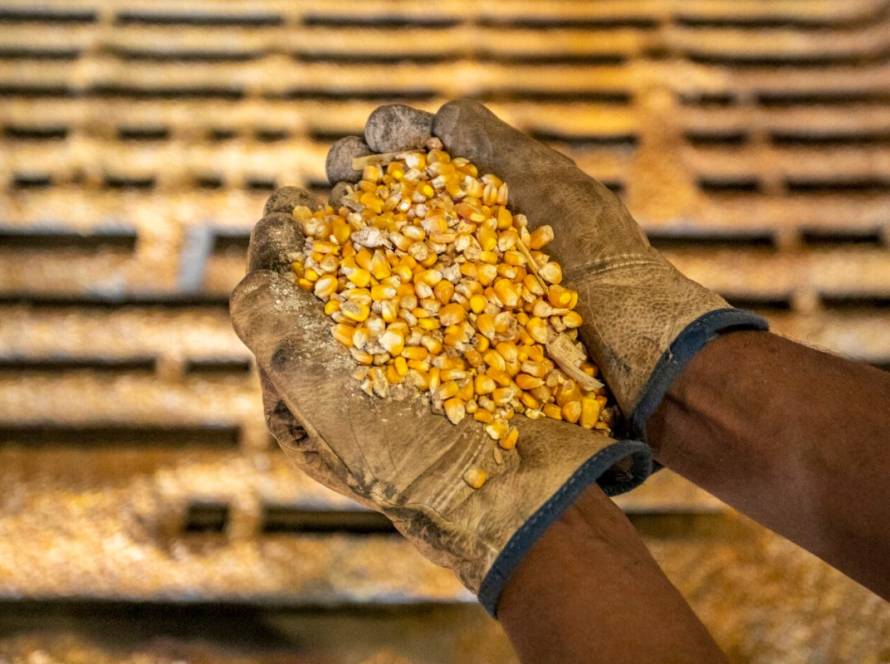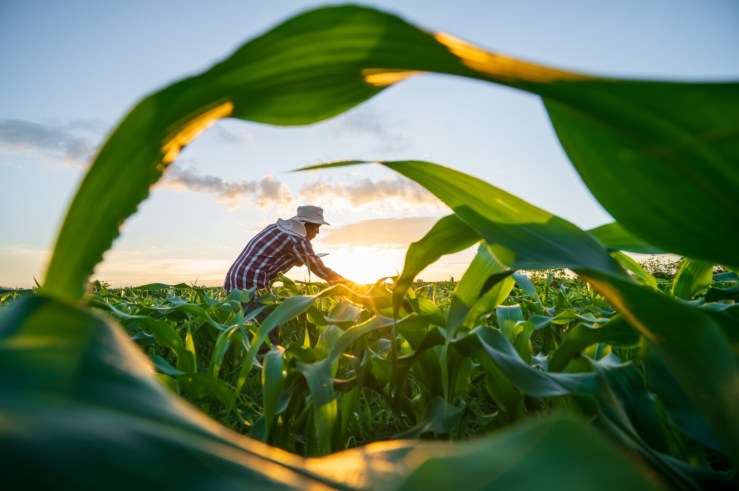The maps indicate good rainfall volumes over the central region of the country until the end of March. However, for April and May, volumes are below average for the central region, a point of attention for the second harvest. According to NOAA, the next few months should be climate neutral.

Central areas of Brazil are expected to receive significant rainfall in the form of showers over the next few days. The highest accumulated rainfall is expected to occur in the Cerrado, favoring Mato Grosso, Goiás and Matopiba. On the other hand, drier weather is expected to continue in the South, with more significant rainfall expected only at the end of March.
The maps of the American model (GFS) indicate below-average rainfall for April and May for the regions producing second-crop corn. From western Mato Grosso to Paraná, the outlook is for lower accumulations and above-average temperatures. In the Central West, rainfall is expected until the first week of April, with a gradual reduction thereafter. The prospect of below-average rainfall could harm the productive potential of the second-crop corn.
NOAA’s latest update showed that La Niña conditions persisted through February, but forecasters expect neutral conditions to develop beginning in March and persist through the Southern Hemisphere winter. NOAA says there is a 75% chance that the February-to-April average will be a neutral Pacific, which should last through September. Then, for the October-to-December average, NOAA says there is an equal chance of neutrality and La Niña again. The neutral pattern is likely to be positive for planting and development of the U.S. soybean and corn crops.





